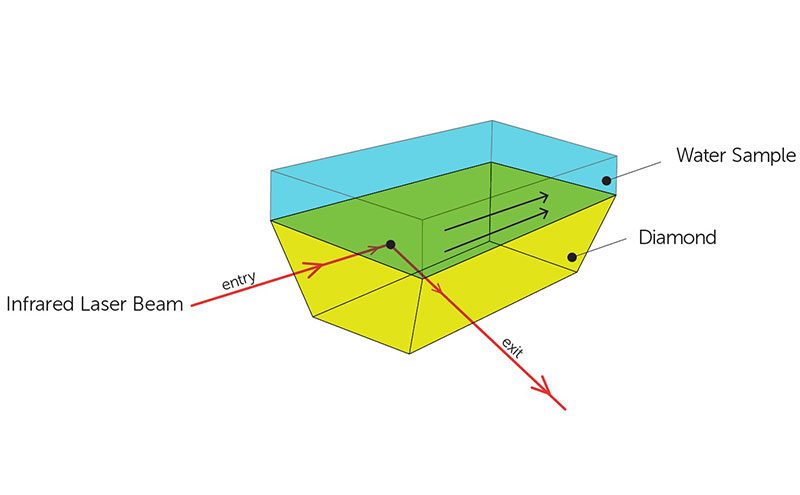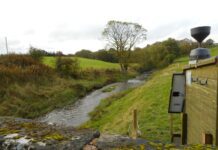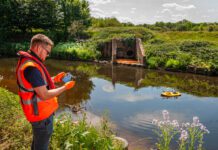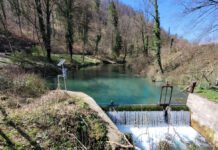The WaterSpy project is the latest to suggest itself as a contender in the quest for portable and high performance devices that can detect bacteria in water – currently the preserve of time-consuming laboratory analysis.

Despite high compliance monitoring from water companies across Europe, deadly disease outbreaks are a common occurrence, according to the 2017 World Health Organisation (WHO) report.
Monitoring drinking water for the presence of three of the most deadly bacteria – E Coli, Salmonella and Pseudomonas Aeruginosa – can take three days, with results usually delivered after an exposure has occurred.
Since the concentration of contaminants can be very low, this deadly trio are often hard to detect.
The current process involves water samples being taken and sent to a remote laboratory, and with bacteria traces often so small, a period of 24 hours is needed to allow the pathogens to cultivate.
However, a Photonics PPP Horizon 2020-funded water-safety project ‘WaterSpy’ has come up with what might be a solution: a portable laser-based, water quality analyser employed at critical points on a water distribution network that provides a reading in a matter of hours rather than days.
With its prototype ready earlier this year, the WaterSpy team have been testing it at two sites in Genova, Italy: the Prato Water Treatment Plant, and the entry point of the Genova water distribution network.
Using the latest photonics technology, the device – a novel laser configuration combining new photodetectors and ultrasound particle manipulation – is said to be suitable for inline field measurements.
One of the project team, Alessandro Giusti, says the speed of the device is “unprecedented”: a full sample analysis takes up to six hours to complete – in other words 12 times faster than the current standard of two to three days. He added: “WaterSpy is relatively cheap and will adhere to incoming regulatory requirements in terms of specificity and sensitivity levels. ”

How it works
It works by first gathering any small traces of bacteria that might be present in the sample, then detecting them with a laser.
Water is a very strong absorber of infrared light, which has prompted the development of new techniques. In the same way that sand resonates in gathered patterns on top of a ceramic tile when a sound wave is applied, ultrasound is used to congregate the bacteria in the water sample in order to enhance the detection and sensitivity.
The WaterSpy device then detects the bacteria by exploiting a measurement technique called Attenuated Total Reflection (ATR), which allows a sample to be examined directly in the liquid state.
Beams of infrared light are sent into a diamond over which the water flows. The IR light then reflects off the internal surface in contact with the water sample, before being collected by a detector as it exits the crystal.
The project has received a grant of over three million Euros from the Horizon 2020 funding program.






